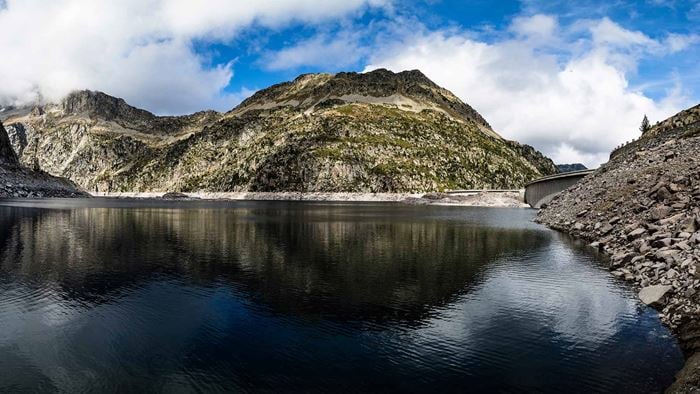At Arup, we’ve been considering how water will be used and managed in Australia and globally in 2040.
Our study, The Future of Urban Water, outlines four different scenarios for how water authorities will manage the resource and how consumers will access and pay for it.
Each is very different, with very different outcomes, but the one thing they all have in common is that technology will have a huge impact on the way we use and manage water, both for individual households and for water authorities.
While the study was undertaken in collaboration with Sydney Water* and considers how water will be used in 25 years’ time, it’s a good starting point to think about how all cities will manage their water resources in the future.
Water authorities need to understand what some of the future scenarios could look like so they can plan for them and make their own water systems resilient and adaptable, because if they’re not looking ahead, they’ll face challenges down the track.
The four scenarios we identified are:
How these scenarios play out will depend on wide range of social, technological, economic, environmental and political trends.
Challenges for water utilities in Australia include meeting future demand for water in a changing climate, managing diverse sources of supply, ensuring the health of waterways and ecological systems, maintaining the affordability of water services and reducing the carbon footprint of urban water supply and use. For urban water utilities, this means making innovation and investment decisions that maximise opportunities to provide services of value, while mitigating future risks and uncertainties.

Different scenarios might be prevalent in different parts of the city, depending on where the water is available and how open the local council is to collaboration. Regardless of which scenarios end up being prevalent, there’s one constant: the use of technology will have a huge impact on the way we use and manage water.
Currently, most of us just turn on the tap for a drink or a shower without a giving it a second thought.
But as demand for water increases, with growth in city populations, one of the things that will help people manage their water usage is giving them more information about their water bills. This will save them money and help water authorities to reduce overall demand and so will also lower overall costs.
Households will also be able to identify water leaks that they don’t currently know they have, which cost both them and the water authorities money. They’ll also be able to see how their water usage will affect their bills.
One other change we may see in the future to help manage demand is for water authorities to consider moving to a point where they utilise the ability to undertake real time monitoring of household use to adopt changes to billing models.
For example it would be possible to adopt similar peak and off-peak billing models to those that power companies use. This would enable water authorities to help influence changes in customer behaviour through pricing incentives.
Now that the drought has been broken and the water supply in Australia’s cities is secured, at least for the near future, water authorities are under pressure to return dividends to their owners and are focussing on operational expenditure. They want to streamline staff and resourcing and delay capital expenditure where possible.
Technology can help with this.
The information water authorities gain from households and from the wider water system can help them understand how they can minimize their energy costs, consider ways to automate systems and reduce overall operational expenditure. Real-time monitoring can also help them identify where leaks are in the network – reducing the amount of non-revenue water.
Each city will have different drivers and requirements for water use and running their water supply systems, so what works in Sydney will be slightly different to what’s required for Melbourne, Perth or Brisbane.

Main Outfall Sewer Redevelopment, Melbourne
Melbourne’s Main Outfall Sewer was recognised with a Gold Award for Sustainability in Design. Arup applied its ‘Design with Water’ framework to this landmark project - a 40m wide, 27km long corridor running from Brooklyn to Werribee. Constructed in 1893, the Main Outfall Sewer was the largest engineering project ever undertaken in Victoria.
© Arup
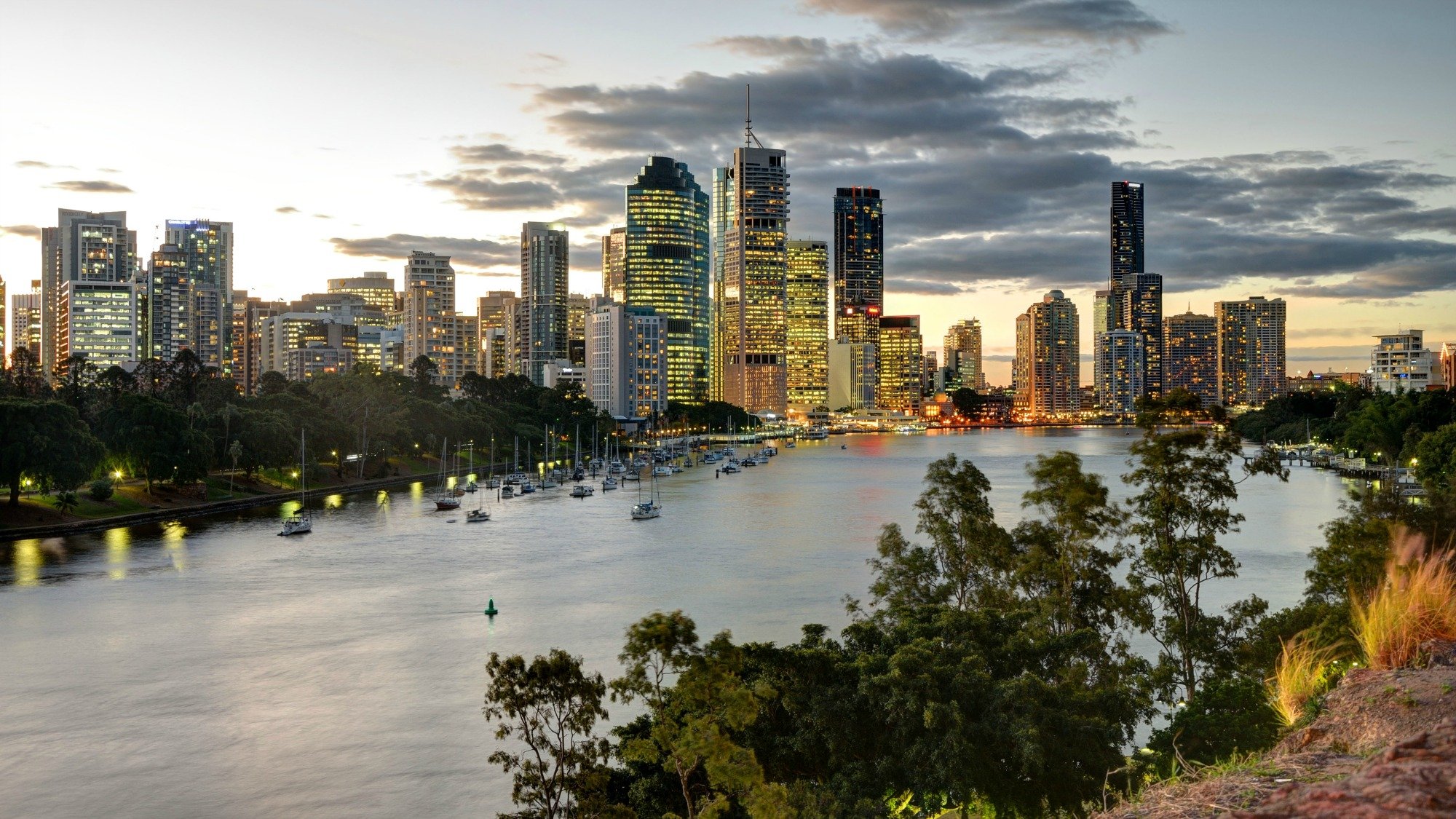 ;
;





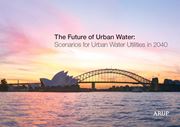
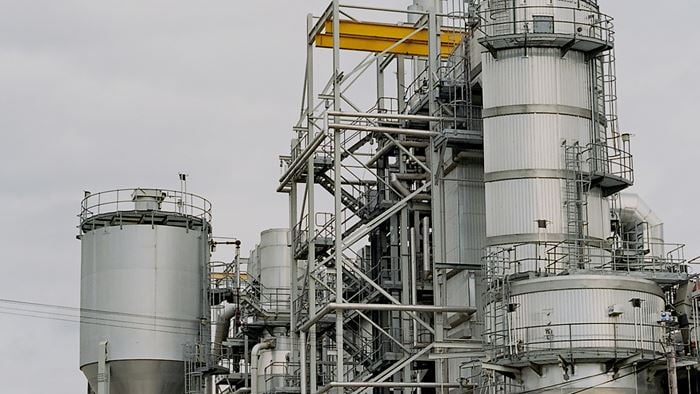
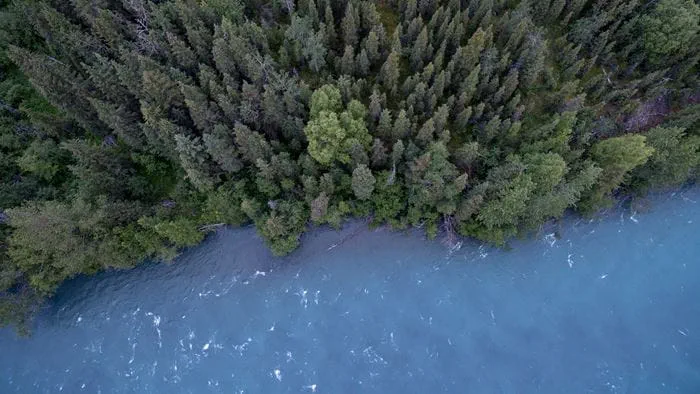
.jpg?h=394&mw=700&w=700&hash=A4A2926D0A5E6ADCF4AD1E0906A26A79)

